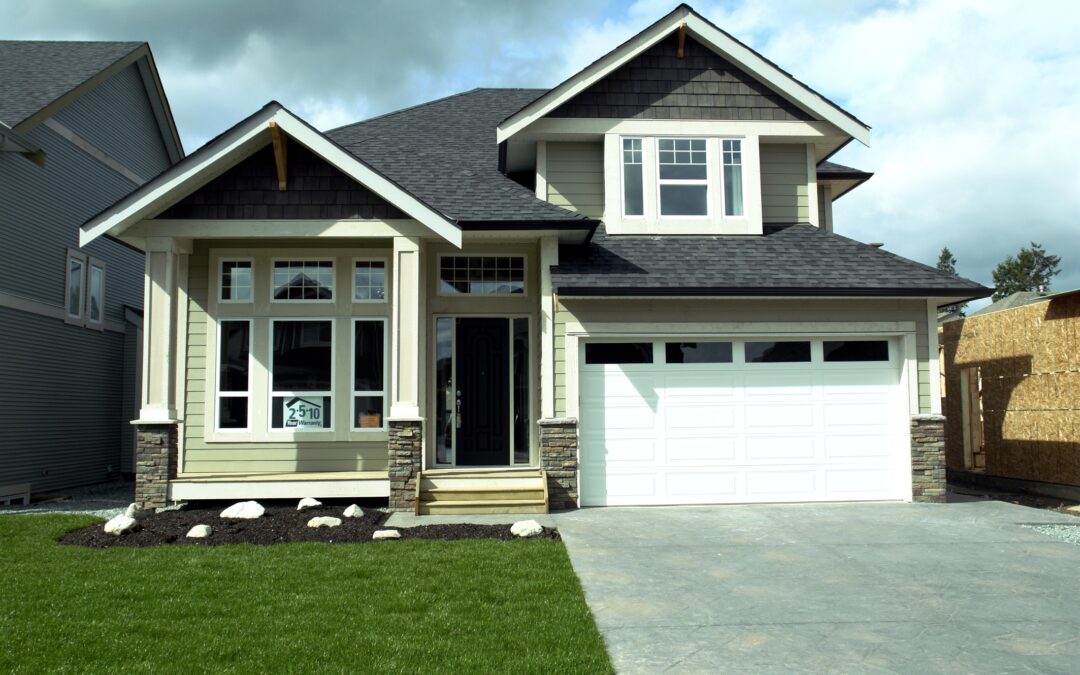Home is where the heart is, or so the saying goes. It’s a place of comfort, rest, and rejuvenation. But beyond the warmth and serenity, our homes could harbor potential risks that may compromise safety. Many of us take for granted the safety of our living spaces, not realizing the hazards lurking within our day-to-day surroundings.
Old Piping and Wiring
Ageing infrastructure, such as old piping and wiring, can pose significant risks within a home. Outdated electrical systems, with their frayed wires and inadequate capacity, can be a fire hazard waiting to happen. Regular inspection and maintenance are crucial to ensure the electrical system can handle modern-day power loads safely. Similarly, old pipes can lead to numerous problems like leaks, water damage, and even health issues from contamination. Materials like lead or polybutylene used in older homes can be dangerous and degrade over time. Consultation with a professional plumber to assess the condition and material of your pipes can help mitigate potential risks.
Clutter
While a little clutter might seem harmless, it can contribute to accidents, particularly falls – one of the leading causes of home injuries. Clutter in hallways or on stairs can easily trip up family members. It can make spaces difficult to navigate, especially for elderly relatives or young children.
Clutter can also block exits, presenting a fire hazard in an emergency. Ensuring that pathways are clear and exits are easily accessible is not just good housekeeping, but a vital safety measure. Regular decluttering and maintaining a clean, organized home can dramatically reduce the risk of accidents.
Dangerous Features
Certain features in a home, such as a swimming pool, while providing enjoyment and relaxation, can also pose a potential danger, especially for households with young children. According to the Centers for Disease Control and Prevention, drowning is the leading cause of unintentional death for children aged 1-4 years. To reduce risks, pools should be surrounded by a self-locking, self-closing fence that’s at least four feet high. Regular supervision is a must when the pool is in use. Similarly, staircases without secure railings, decks without safety barriers, and windows without secure locks are all features that can increase the risk of accidents in the home.
To safeguard our living spaces, it’s vital to address these hazards promptly and adequately. Regular home maintenance, decluttering, and implementing safety measures can go a long way towards reducing the risk of accidents. An annual safety audit of your home can help identify potential hazards and fix them before they lead to serious accidents or damage. Remember, a safe home is not only a happier one but also a healthier one.
Did you enjoy this article? You might also like: How to Manage Cash Flow Issues in Retirement


